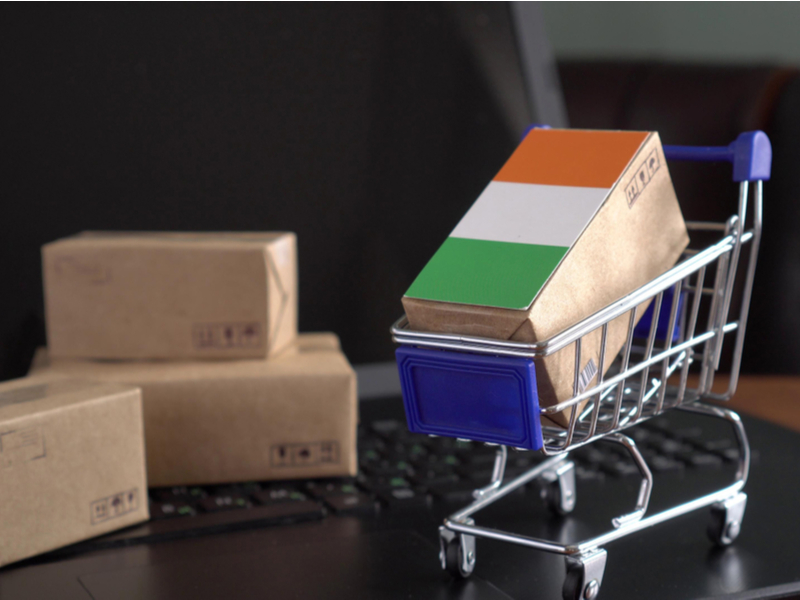Online shopping patterns developed during the pandemic are now mainstream, says Bank of Ireland’s head of Retail Sector Owen Clifford.
Irish retailers are reporting a normalisation of grocery spend patterns with sales levels c7% behind the same period in 2021 (when COVID-19 restrictions were in place).
Grocery inflation has hit 4.7% in April reflecting the supply chain issues and uncertain geo-political landscape – this represents the highest level of inflation since 2013.
“Whilst starting from a low-base, online grocery sales are now running at a level 3% higher than 2019”
The large supermarket operators have been proactive in addressing cost of living concerns with targeted ad campaigns and voucher offers being strongly promoted in recent weeks (Kantar monthly Grocery update – 03/05/2022).
Given the prevailing inflation position across Europe, it is expected that we have not reached peak inflation and further increases are being forecast across the sector in the immediate future.
Whilst starting from a low-base, online grocery sales are now running at a level 3% higher than 2019 demonstrating that shopping patterns developed during the pandemic are now mainstream.
Showcasing the brand through investment
As the ever more discerning Irish consumer seeks excellence in store standards, Irish grocery and convenience retailers/brands recognise that investment is required to retain and attract footfall to their business.
This investment includes the delivery of new and revamped best in class stores that showcase new initiatives and offerings from individual brands.
In the past six months, BWG has expanded its Spar Ireland network by thirty new sites and the completion of twenty existing store revamps in conjunction with its independent retail partners (Shelflife – May 2022).
Given the well documented increase in build and fit-out costs – independent retailers undertaking this type of investment need a robust business plan underpinning same.
Changing retail landscape
The wider retail sector delivered a promising start to 2022 with sales volumes (excluding motor sales) c7.5% better than the equivalent period in 2020.
There were strong performances in the electrical, fashion and furniture/home improvements sub-sectors in particular (CSO Retail index 28/04/2022).
Retailers are now assessing the impact that current inflationary trends may have on discretionary spend in upcoming months and tailoring their business plans accordingly.
The ‘value’ message
During an inflationary cycle, retailers need to clearly communicate their “value” bona-fides both in-store, online and in their marketing material. What is the current consumer view of their store/brand – sometimes a market perception of being “too expensive” can be based on the lay-out/look & feel of the store, tone of advertising material etc and not align with the reality of the proposition.
Independent, family-owned retailers in particular need to demonstrate that “value” has many constituent parts – quality, provenance, accessibility, after-sales service and price. The adoption of a price-only led offer can lead to a discount spiral and is unsustainable in the long-term. An appropriate “own-brand” offering can be used to meet the price element of a “value” message whilst also bolstering range and preserving margin during inflationary times.
Some further practical tips to sustainable retailing during an inflationary cycle are contained within an opinion piece that I penned for the Irish Independent in recent weeks.




